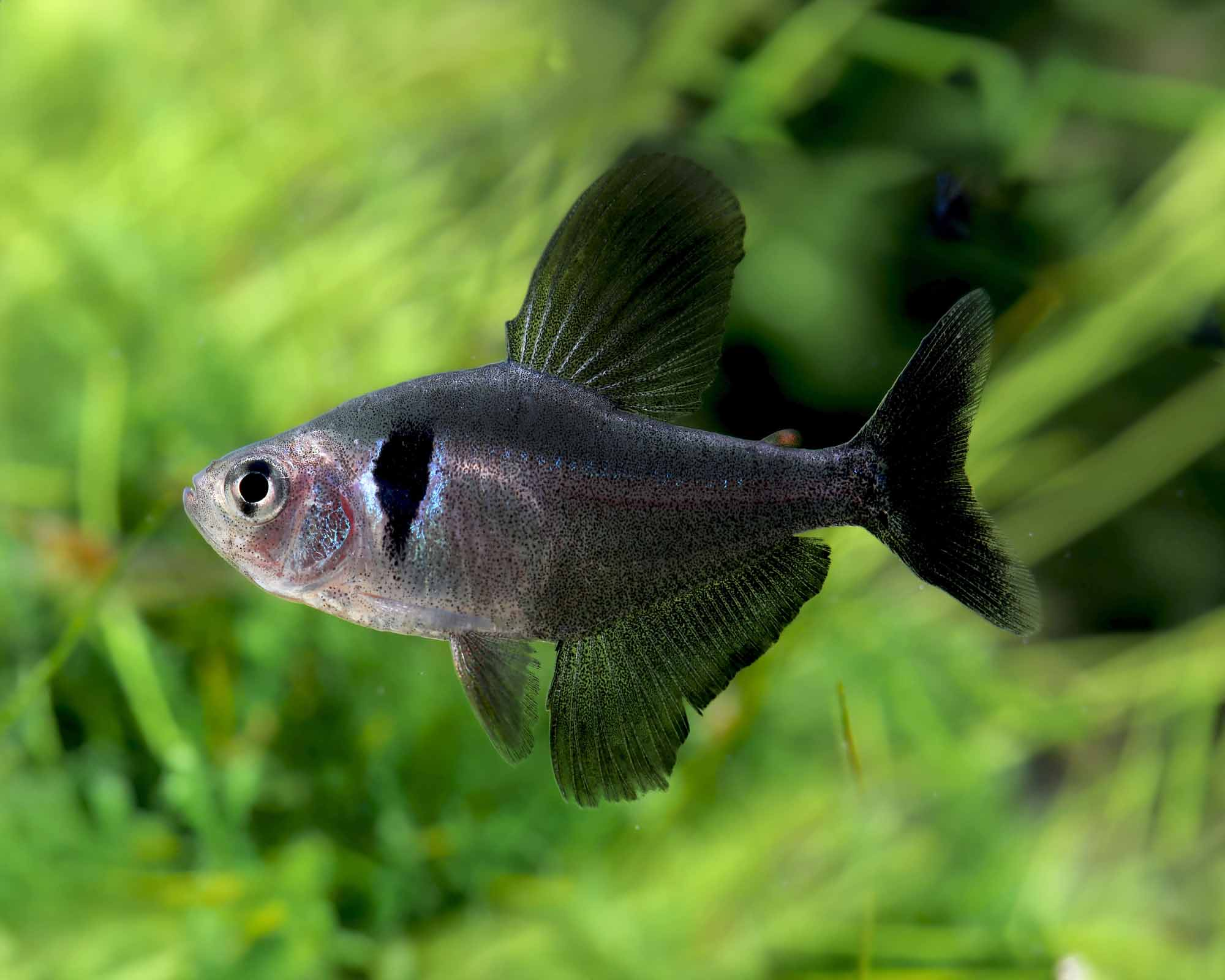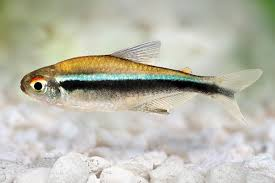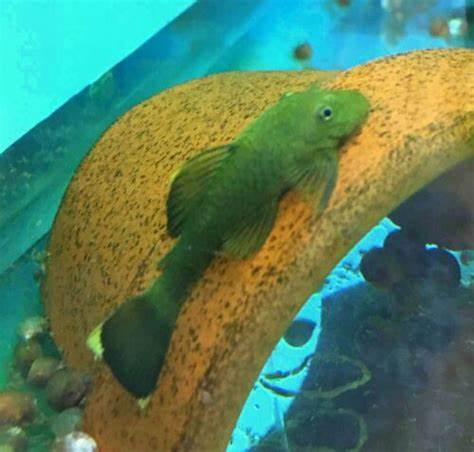Amano Shrimp (Caridina multidentata)
Amano Shrimp (Caridina multidentata) are highly sought-after freshwater invertebrates, renowned for their exceptional algae-eating abilities and beneficial role in maintaining clean, balanced aquariums. With their translucent bodies marked by subtle rows of dots and dashes, they bring both function and beauty to aquascapes. These shrimp are peaceful, active, and compatible with a wide variety of community fish and planted tank setups.
Key Features:
-
Species: Caridina multidentata
-
Size: Typically 4–5 cm when fully grown
-
Lifespan: 2–3 years under optimal conditions
-
Temperament: Peaceful; suitable for community aquariums
-
Function: Effective algae and detritus control
Care Guide:
Amano Shrimp thrive in well-maintained freshwater aquariums with stable water parameters. They prefer a temperature range of 20–26°C, pH 6.5–7.5, and moderate water flow. As social creatures, they should be kept in small groups for natural behaviour and improved activity. While they primarily feed on algae and biofilm, supplemental feeding with high-quality shrimp pellets, blanched vegetables, and algae wafers is recommended to ensure balanced nutrition.
Amano Shrimp are ideal for aquarists seeking an effective, low-maintenance clean-up crew that contributes to both the health and aesthetic appeal of the aquarium.




Reviews
There are no reviews yet.